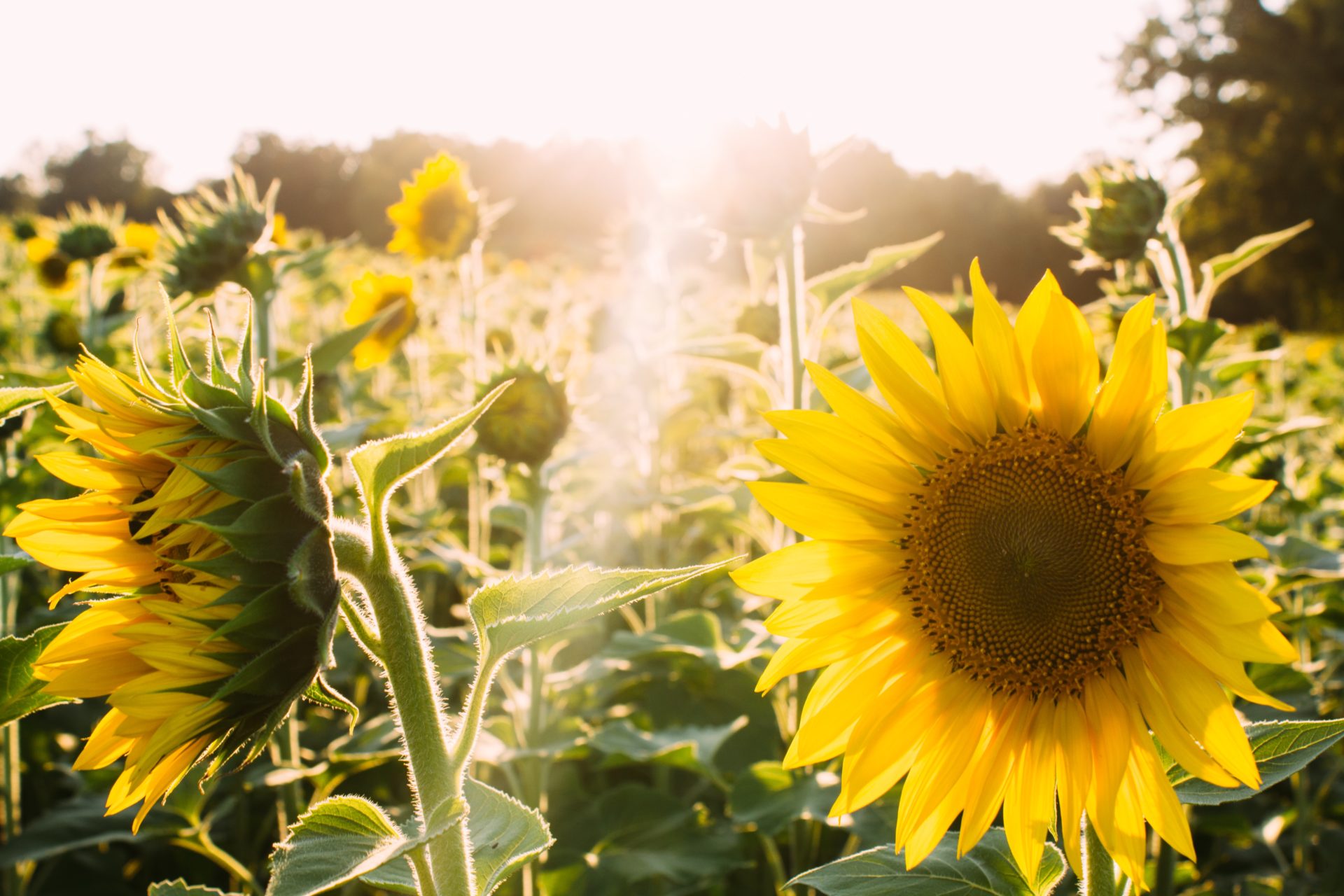*Brand archetype
Brand Archetype Innocent promises simplicity and happiness

Does your brand, like a true optimist, strive for a perfect world? The Innocent archetype offers customers a simple choice for a better world. She, like her customers, aims for happiness and harmony. A motto of the Innocent could be ‘improve the world, start with yourself’. With honest, pure products that contribute to a better world, the Innocent binds customers to itself based on shared ideals. Curious to know if this brand archetype fits your brand? Discover it in this article!
Merk archetype Innocent: Contributing to the ideal world

Toyota is the Innocent of the car brands
Toyota is the Innocent among car brands. The Innocent, the Idealist, the Optimist. We know several names for this brand archetype, but what does it really mean? The Innocent archetype strives for an ideal world and finds it in simplicity. Innocent brands act as a guide for customers towards the ideal life: they point in the right direction and make it clear that a choice that contributes to the ideal world is within reach. The Innocent offers its customers simple solutions to often complex (social) problems. However, the choice remains with the customer, an Innocent brand will not be pushy or aggressive. A typical Innocent brand is pure, innocent, genuine, and sincere.
For the Innocent, the glass is always half full. With a positive attitude and an innocent view of the world, she assumes the best in people and society. Innocent customers seek a harmonious life and look for brands that contribute to it with relatively simple solutions. They choose products that contribute to the world they want to live in. Based on shared norms and values, they feel connected to and are loyal to a brand.
Innocent Brand Archetype: Dove
Think of Dove, for example, with simple products such as soap, body lotion and deodorant. But behind these products lies an idealistic message: real beauty has nothing to do with age, color or figure, but is a source of inspiration and self-confidence. Dove expresses this in campaigns featuring real women of different sizes and backgrounds as models. This puts real beauty at the forefront and combats stereotypes. With these campaigns, Dove draws attention to a problem, but in a positive way. Since 2005, Dove has also run the ‘Dove Self-Esteem Project’, which encourages young people to develop a healthy relationship with their body and build self-confidence through various articles, workshops, and lesson plans.

Screenshot of the website from Dove Self-Esteem Project
Innocent Brand Archetype: Spa
Another consumer brand where the ideological background is truly part of the product is Spa. A pure, natural product that depends on nature and therefore has an ideological story. For over 125 years, Spa has been managing a nature reserve in the Belgian Ardennes the size of 26,000 soccer fields, from which it extracts its water. Management and protection of the nature reserve is an important part of the company.
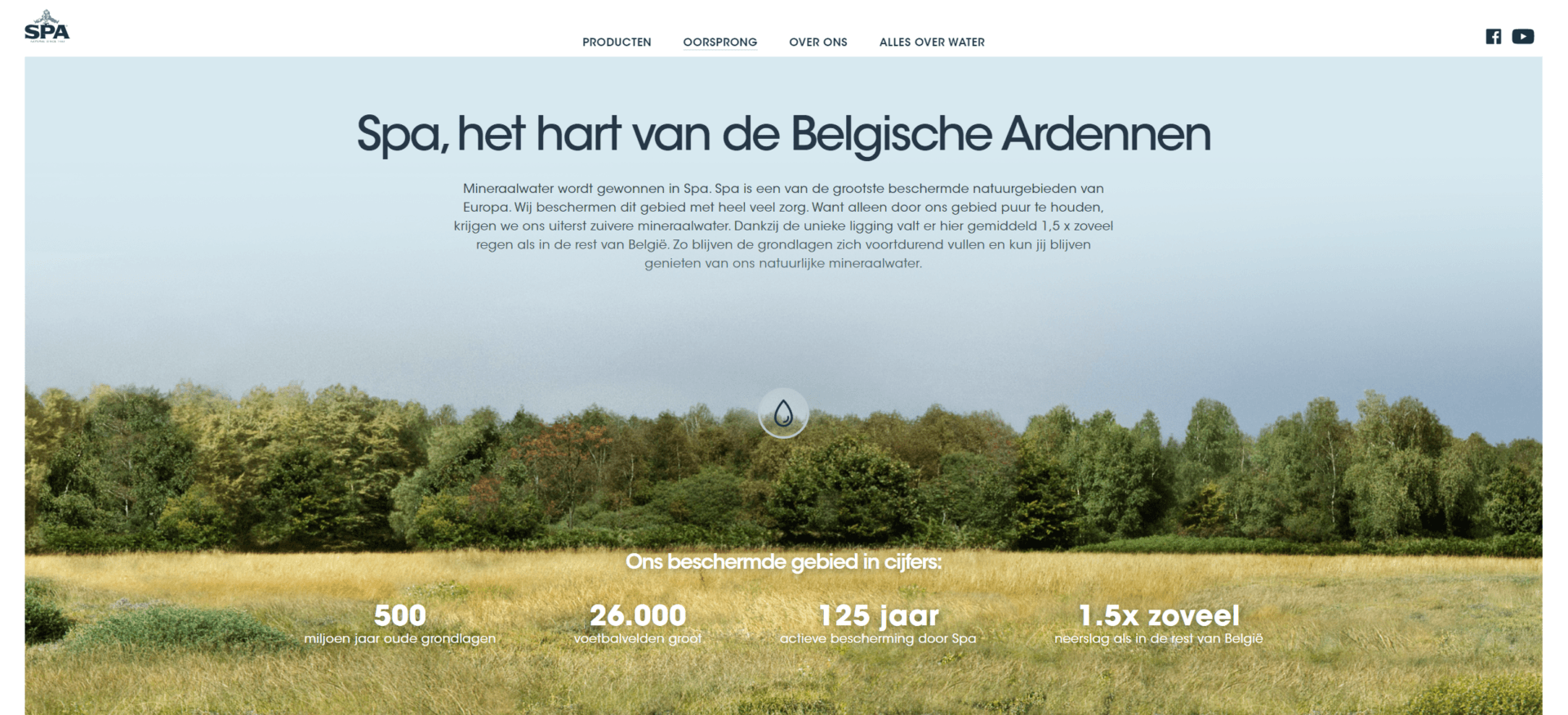
Screenshot van Spa website: bron van hun water
In its communication, Spa mainly emphasizes nature, just as pure and clean as their product. For example, there is an information center about the nature reserve, and in late 2014, Spa launched the “give nature on” campaign in collaboration with the Dutch nature conservation organization “Vereniging Natuurmonumenten”. The design is simple, just like with Dove, with mainly primary colors.

Spa: a simple product, a crystal clear presentation.
Dove and Spa are both consumer brands that perfectly embody the Innocent brand archetype. Curious how business service providers or industrial companies use this brand archetype? We answer this question using two examples, ASN Bank and FrieslandCampina.
Example brand archetype Innocent in business services: ASN Bank

What is more Innocent brand archetype than a squirrel?
ASN Bank is the perfect example of an Innocent brand archetype in business services. Since its founding in 1960, the bank has been striving for a sustainable and just society. ASN promises its customers a return on sustainable and transparent investments, which contribute to a sustainable world. Investments are therefore tested on the three pillars of ASN: climate, biodiversity, and human rights. ASN offers its customers transparency in the form of text and explanation about investments on its website and in the annual report.
The strategy of ASN Bank perfectly matches the Innocent brand archetype: working towards the ideal world with ‘good behavior’. But how do we see this reflected in communication? The shared norms and values of an Innocent brand and its customers should ultimately lead to happiness and simplicity. In visual imagery, Innocent brands often choose simple images that radiate peace and well-being, such as a smile, a child, or an image or shape from nature. With ASN Bank, we see this, for example, in the logo, a squirrel, and the website, where elements from nature are frequently used in the simple lines of the design. In language use, ASN Bank refers to happiness and the future, with slogans such as ‘this is how money makes you happy’ and ‘hope for the future’.
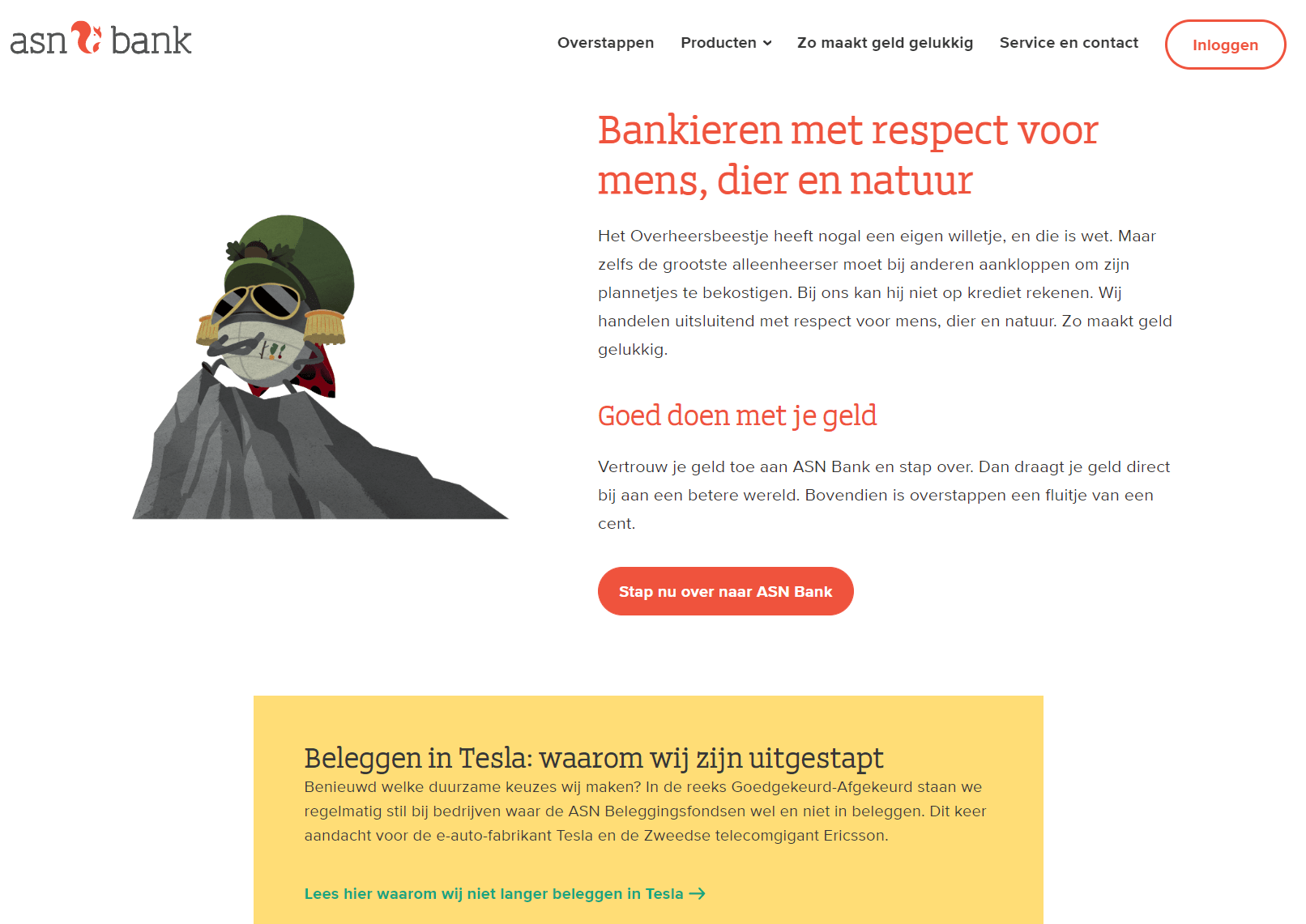
ASN Bank, the typical Innocent brand archetype in business services.
In addition, ASN Bank makes it easy to contribute to a better world now with concrete tips on its website. ASN Bank combines simple imagery and positive language in the perfect illustration of a marketing campaign for Innocent brands, the fable campaign.
Fable campaign: marketing campaign of an Innocent brand archetype
In early 2017, ASN Bank launched the fable campaign, a series of fables featuring a different animal in the lead role each time, telling the sustainable story of ASN. The campaign kicked off with the Habitual Animal. ASN illustrated how most people do business with the same bank for years, while that bank’s investments are bad for the climate. The message? Switching to ASN is very simple and contributes to a better world.
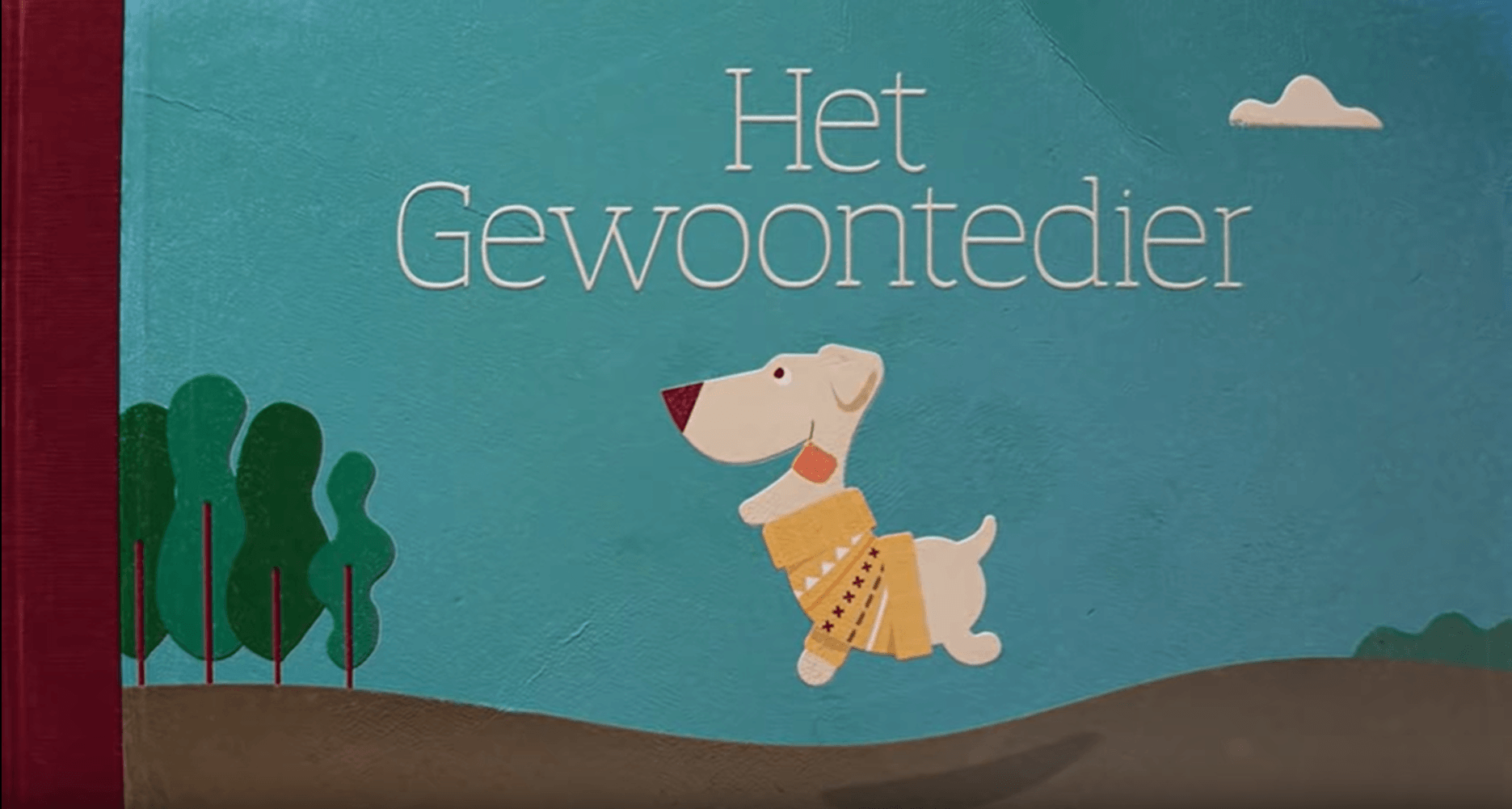
The Fable Campaign perfectly illustrates the simplicity and ideology of ASN Bank.
With the fable campaign, ASN Bank illustrates more typical behavior patterns when it comes to banking and the sustainable alternative that the bank offers. For example, the “Data Bee” calculates how much CO2 emissions customers reduce with a bank account at ASN Bank, and the “PVC Horse” and the “Not-So-Tasty Bite” show how ASN Bank contributes to a cleaner world. With the “Mayfly,” the bank focuses on ideology, banking with ASN makes a difference for tomorrow. And does ASN play with the “Young Bug” on the climate awareness of younger generations? The campaign seamlessly aligns with an Innocent brand archetype because it articulates ASN’s norms and values without attacking. ASN paints a picture and offers its customers the opportunity to live in a better world right now, without preaching or pointing a accusatory finger. This attracts like-minded individuals who, as customers of ASN, work towards realizing the perfect world.
Example of Innocent industry brand archetype: FrieslandCampina
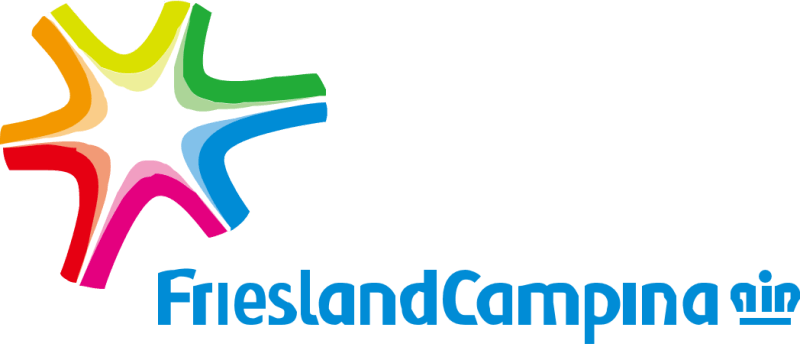
Friendly, colorful style fits an Innocent brand
Who hasn’t grown up with milk? A truly Dutch product that FrieslandCampina’s farmers have been working for since 1871. Today, FrieslandCampina is one of the six largest dairy companies in the world. The mission of this cooperative is: better nutrition for the world, good incomes for our farmers, now and in the future. This still closely aligns with the story of the first farmers who joined forces in 1871 to strengthen their market position. Many years later, this leads to the merger of Friesland Foods and Campina in late 2008. But what makes the brand, besides their mission, exactly an Innocent brand?
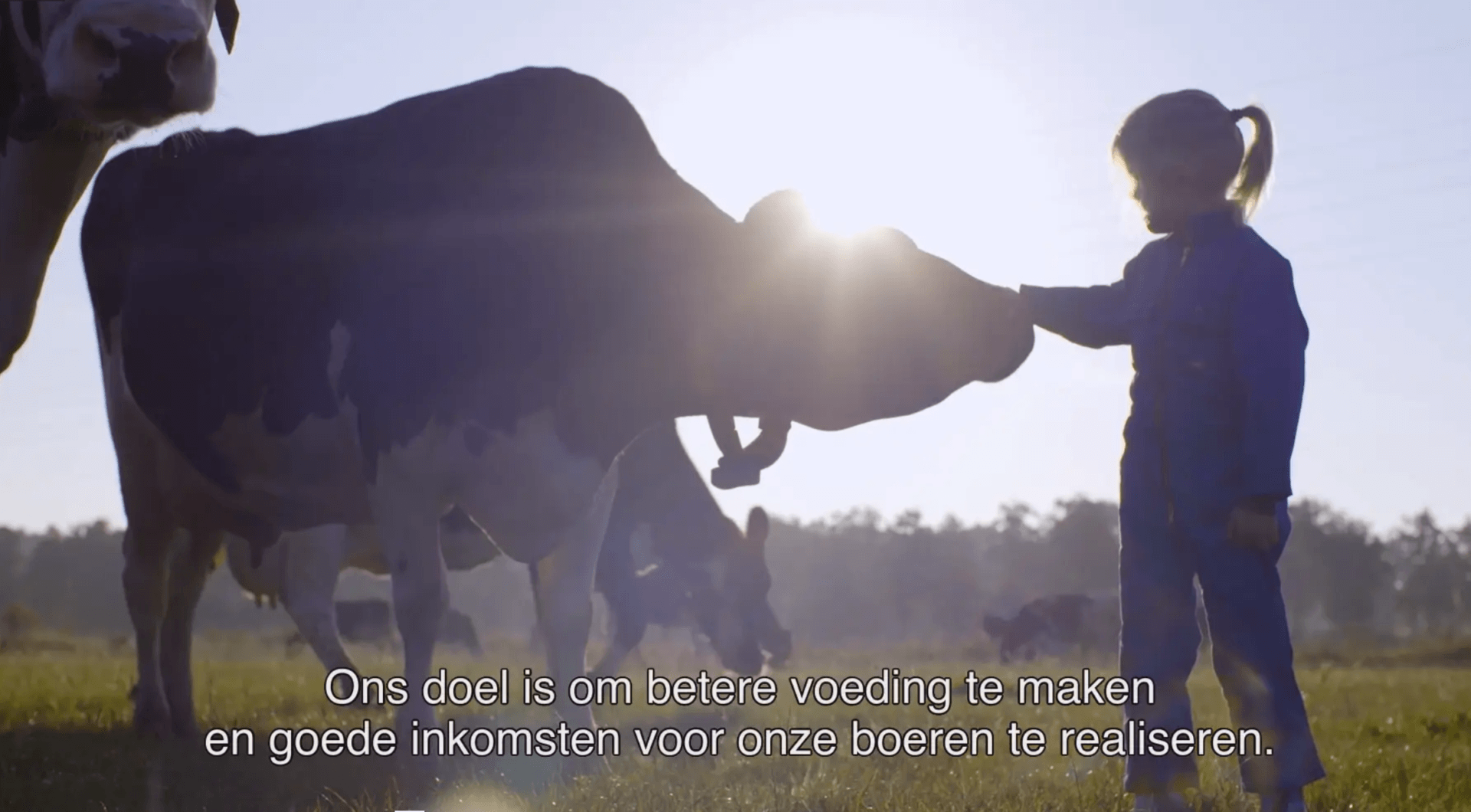
The goal of FrieslandCampina is typical of an Innocent brand archetype
It’s not the story of the customer, but of the producer, resulting in better nutrition for the customer. How? The 12,104 member dairy farms and 18,261 member dairy farmers in the Netherlands, Germany, and Belgium are united in the FrieslandCampina Dairy Cooperative and are therefore 100% owners of the company. This allows the farmers to work together on milk quality, continuity for multiple generations of dairy farmers, and the highest possible milk price for farmers.
With the first part of the mission, better nutrition, FrieslandCampina addresses the global food problem. With its dairy products, FrieslandCampina claims to contribute to the growing demand for food. The focus is on improving recipes and keeping dairy products affordable for all income groups. FrieslandCampina’s nutrition policy is based on the WHO Global Action Plan of the United Nations. This is also the link to the last part of the mission, now and in the future. ‘Doing good’ applies not only to the farmer and the consumer but also to animals and the climate. FrieslandCampina works towards climate-neutral growth of the dairy industry, preservation of grazing, continuous improvement of animal health and welfare, and preservation of biodiversity.
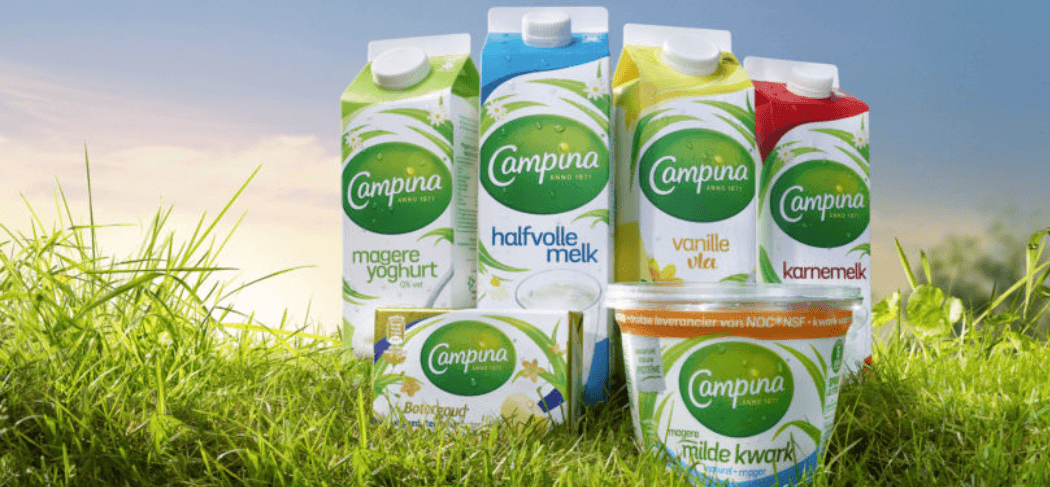
FrieslandCampina offers a pure, natural, and simple product with an ideological story behind it.
In its communication, FrieslandCampina emphasizes the relationship between its products and nature. We see the Innocent brand archetype in terms such as ‘from grass to glass’ and campaigns that emphasize the healthiness of dairy products. This is combined with a lot of green imagery of grass, nature, and farms. For example, the company provides insight into the farming life by working with its farmers on Open Farm Days and a series of vlogs that feature sustainable farms in the Netherlands. In its communication, FrieslandCampina illustrates what the customer is choosing: healthy food, but also where this food comes from: the farm and nature. This binds the brand to customers who are consciously engaged with food and its impact on the world, typical for the customer of an Innocent brand.
Benefits of the Innocent brand archetype
The Innocent brand archetype connects customers with your brand based on the same values and principles, creating a loyal customer base. This target group seeks a reliable brand and is willing to deviate from dominant brands. The Innocent brand archetype offers a chance to compete with a strong brand in the long term, for example, a Ruler or a Hero. ASN is a good example of a bank that, with a well-articulated story and ideals, has secured a strong position in a world dominated by major banks such as ABN Amro and ING. Customers of the Innocent brand are generally very loyal, and with the right strategy, you can create a loyal group of customers.
More broadly, the Innocent brand archetype is highly suitable for reaching Generation Z, or the “purpose-driven generation.” This generation will participate in the economy in the coming years and feel strongly connected to various social issues. They will look for brands that fit their values and worldview. Therefore, brands with certain brand archetypes, such as the Outlaw, the Explorer, and the Innocent, will be very attractive to this target group.
Pitfalls of the Innocent brand archetype
In addition to benefits, each brand archetype also has its downsides. The Innocent may not want to hear this in all its optimism. And that is precisely where the pitfall for the Innocent brand archetype lies. As an optimist at heart, they can deny or be naive. Does the Innocent brand archetype fit well with your brand? Then be aware that a reality check is sometimes necessary to be successful. If you don’t do this, you run the risk of underestimating threats or developments and missing opportunities.
Does the Innocent brand archetype fit your brand?
Do you recognize your brand in one or more of the descriptions below? Then the Innocent brand archetype could fit your brand well.
- Customers associate your brand with decency, simplicity, nostalgia, childlike innocence, or a good moral.
- Your product or service provides customers with a simple solution to a recognizable problem.
- Your brand provides customers with clean, healthy, and fair products or services that are highly suitable for repeat purchases.
- The price of your products or services is low to moderate.
- You want to distinguish your brand from a brand with a tarnished image.
- Your brand has strong core values, it is honest, reliable, and straightforward.
Not so innocent after all?
Are you unsure if the Innocent brand archetype fits your brand? The Caregiver, Explorer, or Ruler may be closer to your brand.
Like the Innocent, the Explorer seeks the ideal life, but both brand archetypes have very different ways of achieving this paradise. The Innocent leads customers to happiness in the here and now through simplicity. The Explorer, on the other hand, does the exact opposite and ventures off the beaten path in search of paradise. Always looking for new paths to happiness, she offers her customers self-discovery, adventure, and self-expression.
The Caregiver enjoys the same associations as an Innocent, but the underlying motivation is very different. While the Innocent seeks a harmonious life, the Caregiver is driven to help others. The motivation and actions of a Caregiver brand archetype are much more influenced by social factors.
The Ruler may seem far from the Innocent, but in fact, they are both seeking a form of order. For the Innocent, norms and values are paramount in this order, while the Ruler simply wants to be the ruler. Where an Innocent positions herself as a guide who shows customers a different path, in the eyes of a Ruler, there is only one way: his way. The Ruler will therefore be more forceful and strict in relation to the Innocent.
